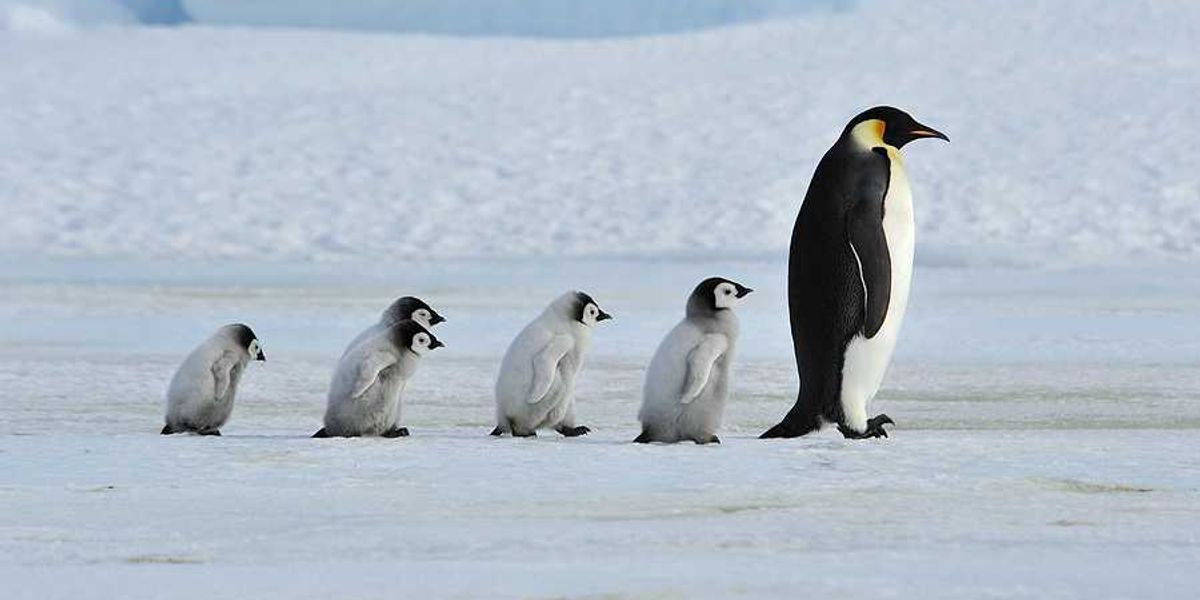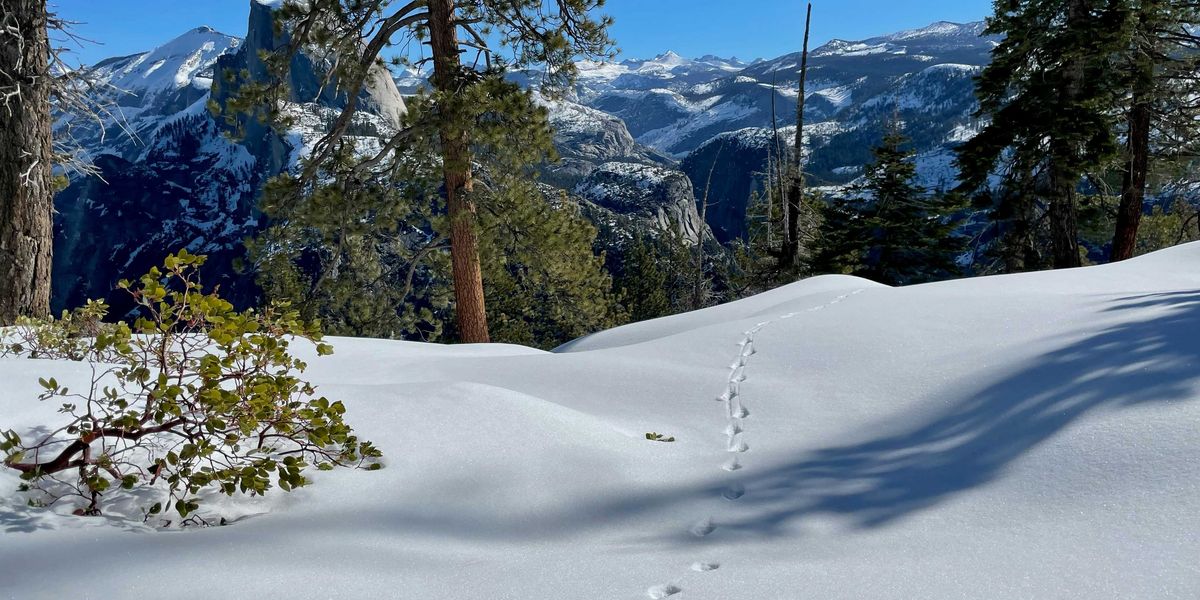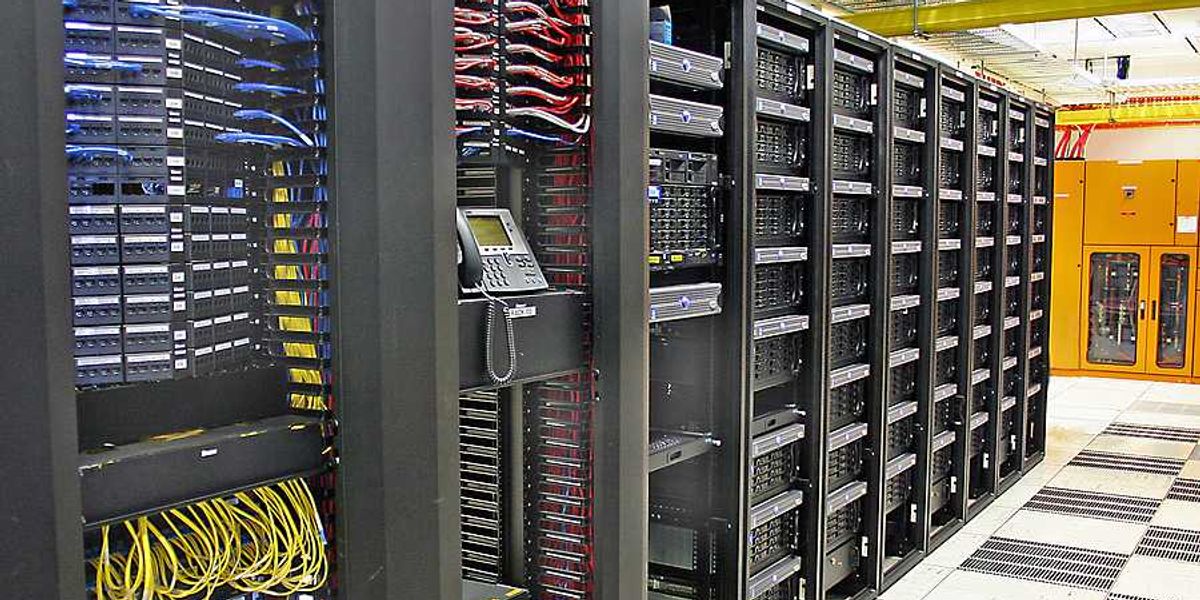Wildfire threat spreads deep into suburbs as embers expand danger zones
Many Americans living in neighborhoods once seen as safe from wildfires are now at growing risk, as new research reveals how embers and shifting climate conditions can drive flames far beyond traditional fire zones.
Gabrielle Canon reports for The Guardian.
In short:
- Roughly 115 million Americans live in areas at risk of wildfires, including urban and suburban neighborhoods previously considered safe. Wind-driven embers can carry fire miles from the source and ignite homes in “ember zones,” which extend well beyond the wildland-urban interface.
- Fires are changing due to climate shifts — longer dry seasons, invasive grasses, and altered forest health are increasing both the intensity and footprint of wildfires. Nighttime humidity no longer offers relief, and fires grow faster and burn longer.
- Fire scientists are revising models to account for how fire spreads in built environments. They’re now studying building-to-building ignition and the role of landscaping, proximity, and materials in fueling urban conflagrations.
Key quote:
“Fire reached all of those places and did really damaging stuff. What other places are like that? The answer is, almost anywhere.”
— Joe H Scott, chief fire scientist at Pyrologix
Why this matters:
Once viewed as safe, urban and suburban areas are now vulnerable as embers carried by wind leap across highways, parking lots, and rooftops, igniting homes with frightening speed. As housing shortages push people into riskier areas near wildlands, communities unknowingly build in zones primed to burn. The consequences ripple far beyond the fire lines: homes lost, lives disrupted, and a public health crisis fueled by toxic smoke that travels hundreds of miles. Insurance markets are wobbling under the weight of repeated disasters, and first responders face unrelenting demands. What once seemed like a rural problem is now a growing urban emergency.
Read more: Urban wildfires may expose firefighters to toxic metals like lead and mercury













